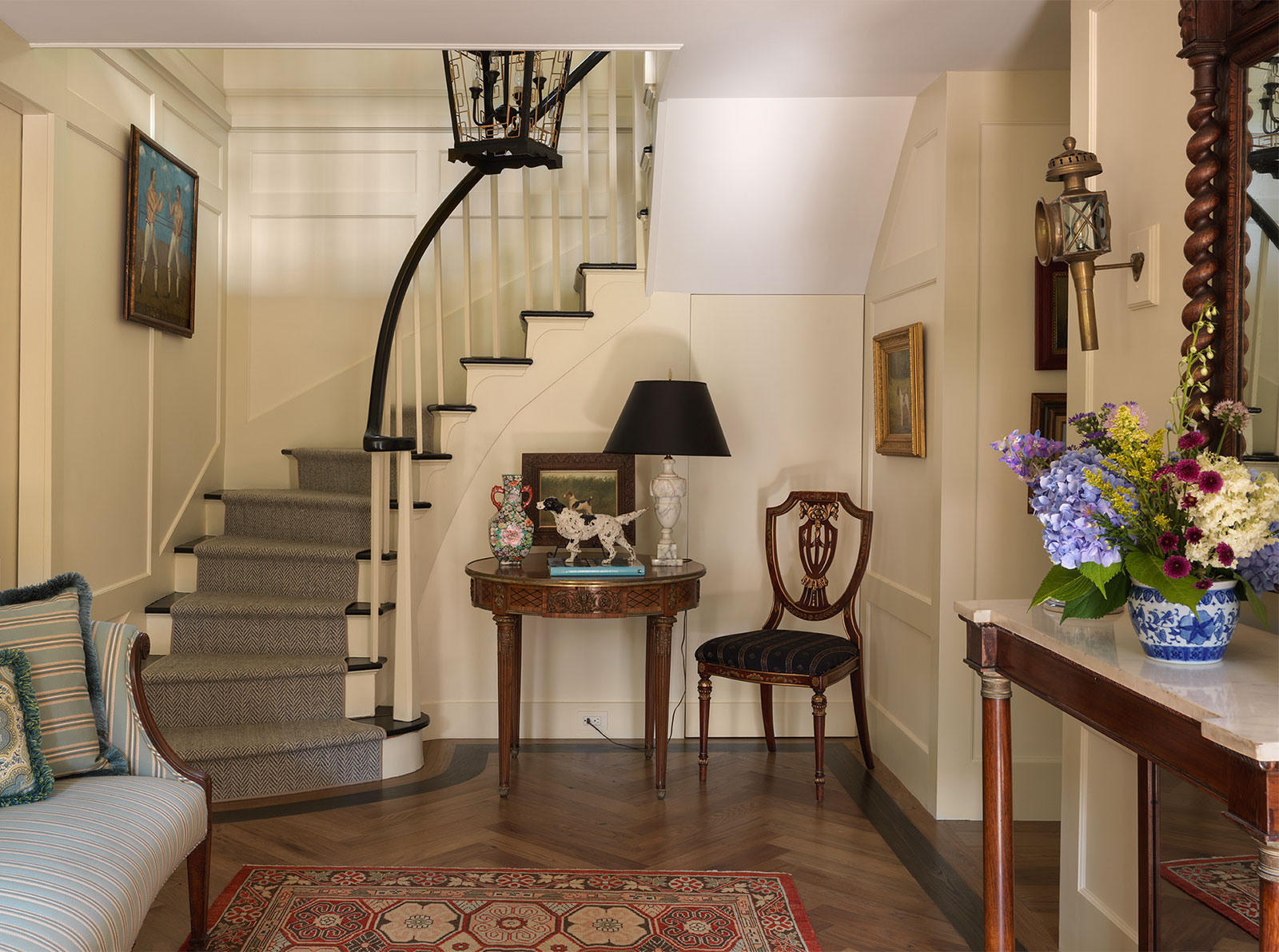
We live in a world that seeks instant gratification – order today, install tomorrow. But homes that tell their owners’ stories don’t work that way. The best interior design evolves slowly, layer by layer, as you live in the home. That’s what I call the Slow Decorating Rule.
It’s an idea that takes the pressure off, giving a space time to tell you what it needs instead of you rushing to fill it.
“Most designers never talk about this concept. Maybe our English or French counterparts do, because they’ve lived with centuries of inherited pieces and rich patina,” says Marina Case, principal designer at The Red Shutters. “But in the U.S., we’re often in a hurry to get everything done. The slow decorating approach embraces the opposite: letting your home unfold naturally over time.”
This is your permission slip to take things slow and be intentional when decorating your home. Good homes and good design take time.
The Beauty of Slow Decorating
When a room is filled too quickly, it can often end up looking more like a basic hotel suite than a home – coordinated, but not personal. The English and French have long understood the beauty of rooms that come together organically. They inherit pieces, collect art, and add layers slowly, which gives their homes soul. That sense of collected history is what makes a space feel warm, lived-in, and deeply individual.
Decorating slowly allows you to find the right mix of new and old, classic and unexpected. It also gives you room to make thoughtful choices rather than costly mistakes.
On the other hand, some clients want everything completed quickly – and that works too. Every project has its own pace, and part of being a seasoned designer is knowing how to calibrate to the rhythm that’s right for each client.
“It’s taken me more than 20 years in design to learn how to do that gracefully, finding the balance between patience and momentum so the process always feels right for the people we’re designing for,” says Marina.
Real Homes, Real Timelines
We’ve seen the Slow Decorating Rule approach work beautifully across our projects. One of our favorite homes, in South Salem, is for clients who are juggling everything at once – a new baby, a growing company, and a renovation. Slow decorating suits them perfectly. We made the home comfortable first (carpets, privacy window treatments) and are continuing to build the layers as life allows.
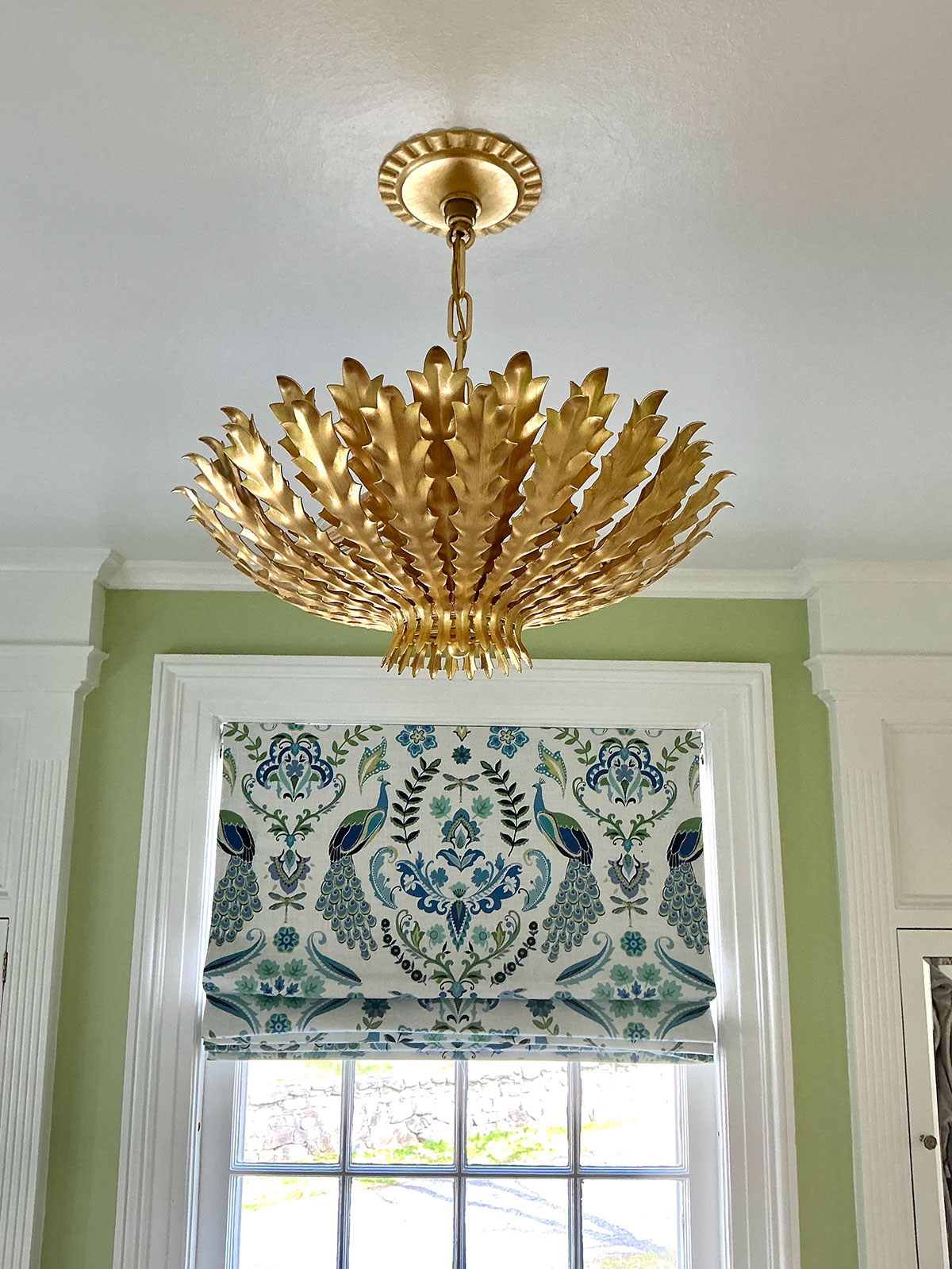
Primary Bathroom in Our South Salem Project
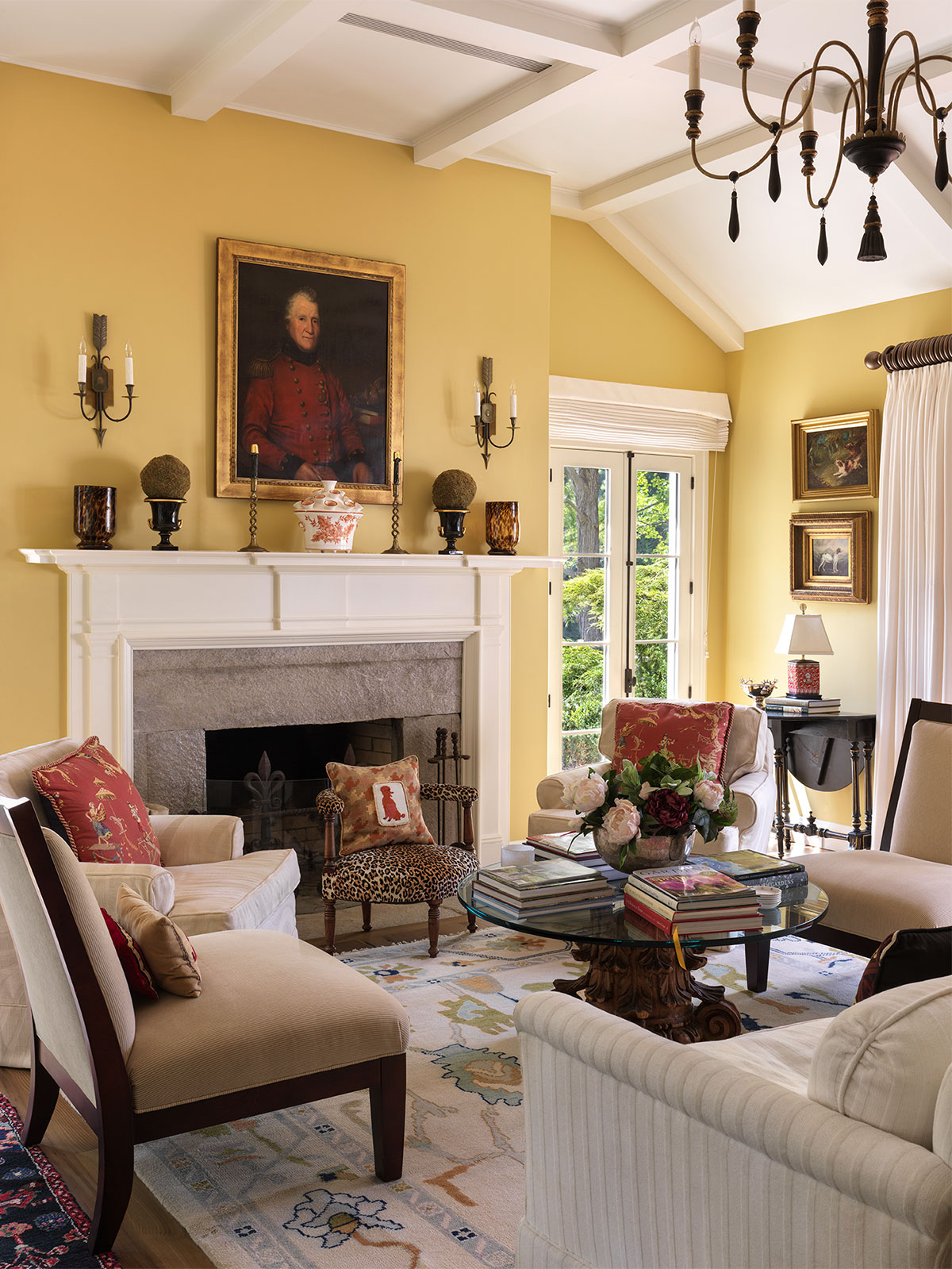
The Living Room in Our Roxbury, CT Project
While our Roxbury, Connecticut project came together rather quickly, it was actually part of the same philosophy with the slow decorating happening long before the installation day. We’ve worked with these clients, who are lifelong collectors, on multiple projects, so they already had so much history to draw from for their new home.
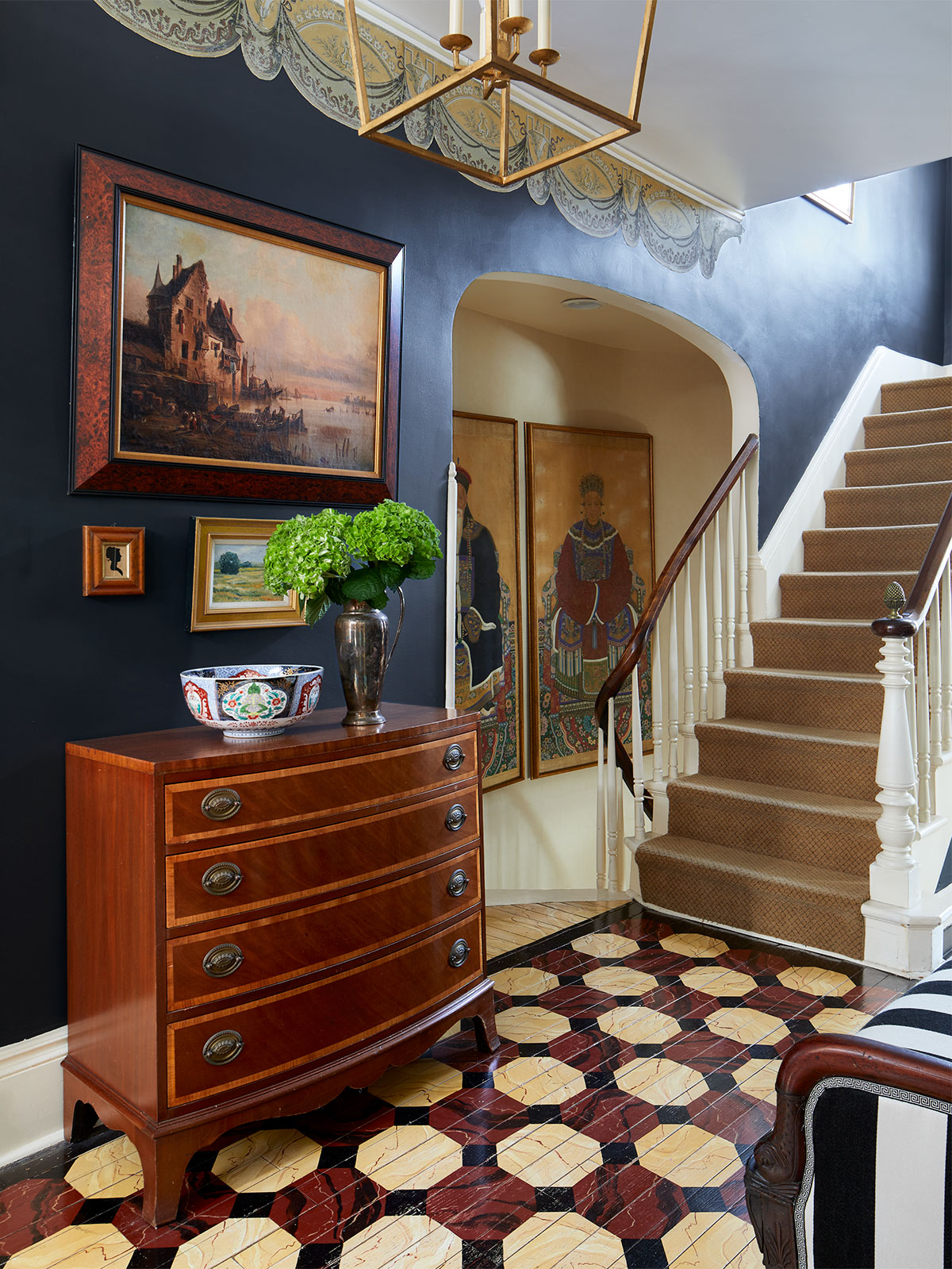
The Hallway in Marina’s Warwick House
Even my own homes have unfolded slowly, says Marina. “My house in Warwick came together over nearly two decades, each piece found intentionally. I didn’t rush to fill it – I waited until I discovered things that felt right, whether it was a chair from a local antique shop or a fabric I’d fallen in love with years earlier,” says Marina. Every item has a story, a connection, a reason for being there. Over time, those layers built a home that felt deeply personal – not just decorated, but lived in.”
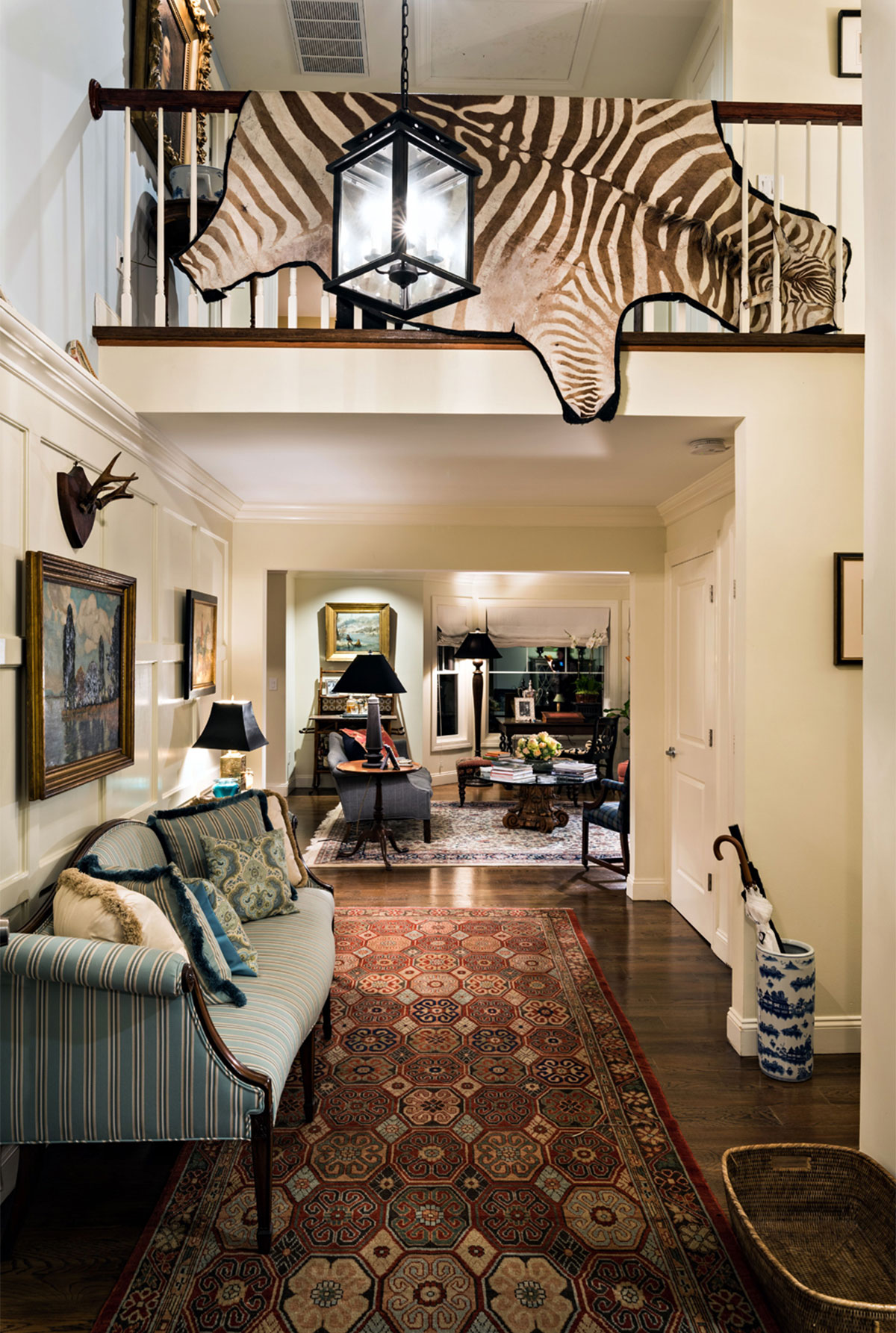
The Hallway in the Glenmere Mansion Cottage
What Slow Decorating Looks Like
Slow decorating doesn’t mean indecision but rather designing with intention. It’s about getting the big things right and letting the rest follow naturally. Here’s how I like to explain it:
Year 1:
Start with the basics. Focus on comfort and function – a sofa, rugs, maybe privacy window treatments. Even if it’s temporary, like paper shades, it helps you get settled. These first pieces will teach you how you use the space.
Years 2–5:
Refine and layer. Add window treatments, artwork, and textiles as your style reveals itself. By now, you know which corners get the best light, where you spend the most time, and what colors feel right. That insight can’t be rushed.
This gradual process also works better for your budget. Instead of trying to do everything at once, you can spread out your investments and make smarter choices over time.
When You Decorate Slowly, Your Home Starts to Tell Your Story
The layers begin to reflect your life – travels, milestones, favorite colors, even your sense of humor. A well-designed home should never feel like it came straight off a showroom floor; it should feel like it’s grown with you over time.
“I think this is why slow decorating resonates so deeply with clients,” says Marina. “And it’s the reason I love what I do. I get to watch homes grow along with the people who live in them. In the end, it feels right.”
Ready to Get Started Transforming Your Space?
There are so many ways in addition to pattern to breathe fresh life into a home. View my Portfolio to see more examples of my interior design projects and follow us on Instagram for more interior design inspiration.


















